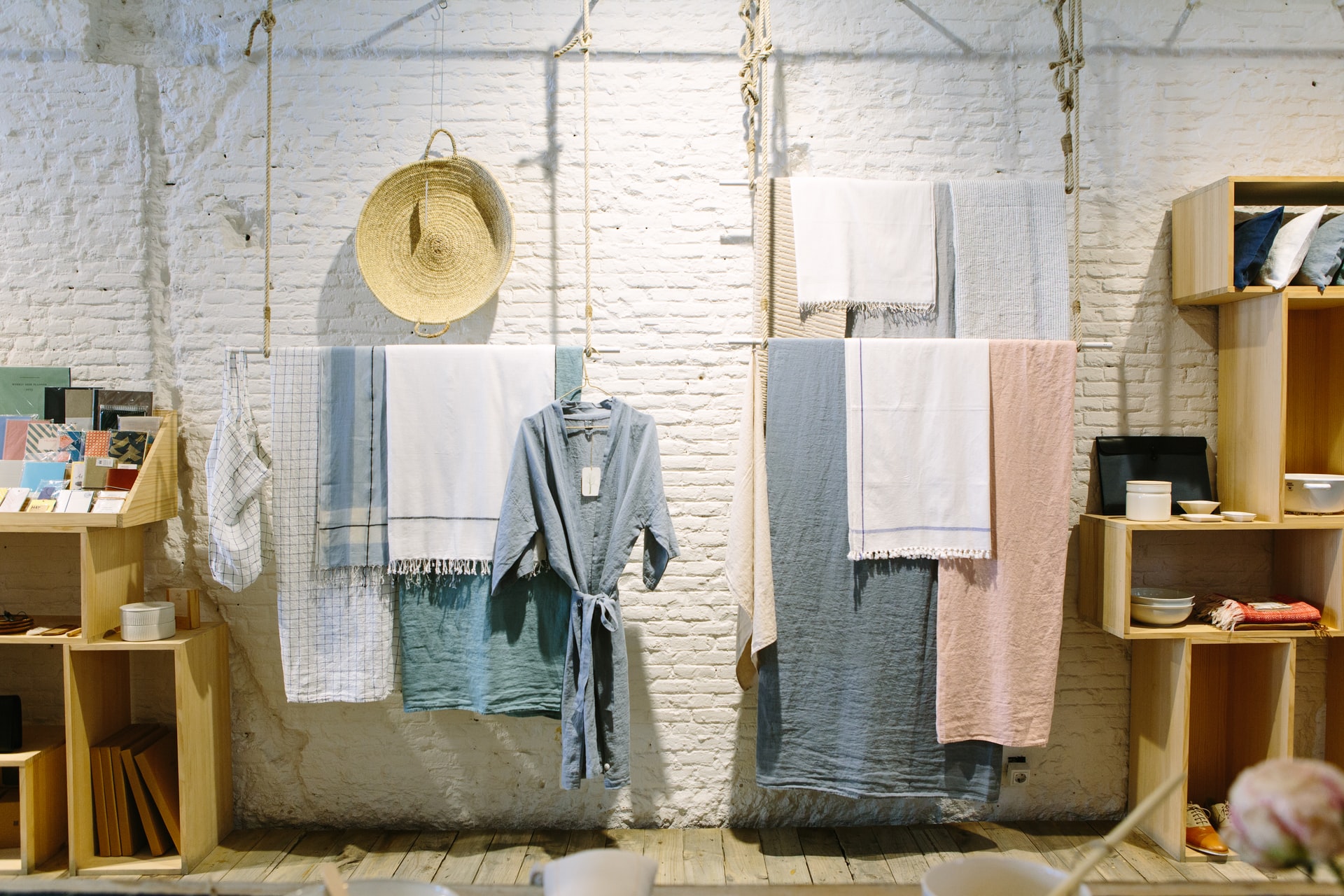
The topic of eco-friendly living is so popular that it is no wonder that it has found its way into fashion as well. What to do when you do not want to give up shopping and you care about our planet?
How to ethically buy clothes? How to consciously choose the places where we can buy a new dress or sweatshirt without harming the environment? Such questions are asked by more and more people. Eco-living is becoming very popular and includes, among others, the sphere of beauty. Here are some tips if you want to choose wisely and do less harm to nature.
Most of us buy a lot of things on the spur of the moment. We don’t think about whether we really need the product or not. A new sweater looks beautiful and pleases our eyes, but it can also join the large group of clothes in our closet that we don’t wear at all
Slow fashion is about a balanced approach to shopping. With this attitude, you pay attention to the quality of the product and how often you succumb to a momentary fascination with the item you later pay for at the checkout. It’s time to start thinking the other way around and not make happiness dependent on new clothes. It’s better to buy yourself clothes less often, but ones that will last even a few years.
Start reading the labels. It seems to be a trivial advice, but how important. It involves minimizing, for example, buying two or three poor quality blouses to one with a very good type of fabric. Why should you spend money on buying a few things which you will quickly throw away, when conscious choice of a dress made of linen, for example, will make you enjoy it for years?
Conscious habits also include choosing clothes made of good material. Fabrics that are less harmful to the environment are: linen, hemp fabrics or pinatex (created from the remains of bananas, does not need additional fertilizers, crops or pesticides). Yet another ecologically-sourced material is recycled fabric. Synthetic fibers can be recycled many times and you don’t have to worry that they will be of inferior quality
Big brands and corporations producing clothes for e.g. well-known chain stores have changed their trade policy in the last few years. Clothes made of organic cotton can be found, for example, in H&M. There are more and more stores on the market that focus on sustainability and quality of their products. All you have to do is look for a little information about the shopping policy of the brand
Lumpeks and websites with second hand clothes are no longer anything strange. Nowadays, real fashion fans can be found in second-hand stores, where they search for clothes gems. After a little DIY renovation they will give them a second life. It has become so common that people boast about what they have found in second-hand stores. Such a place is the best possible way to shop ethically.
Main photo: Jason Briscoe/unsplash.com